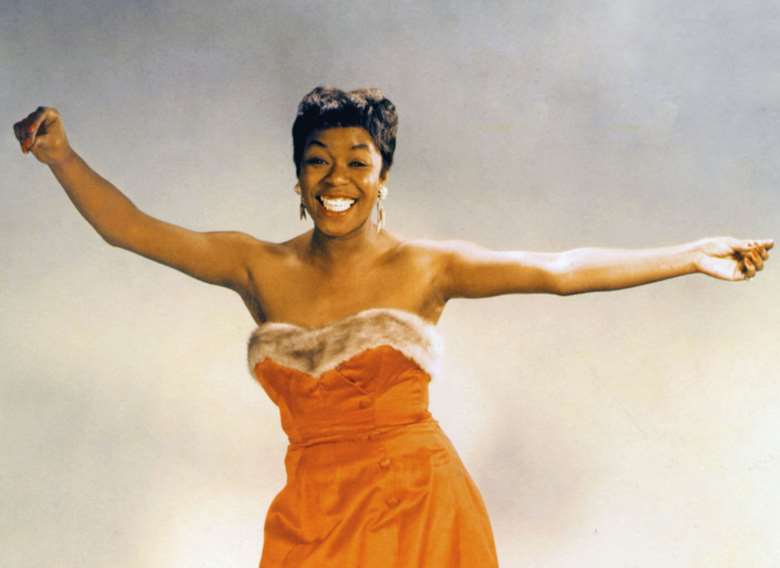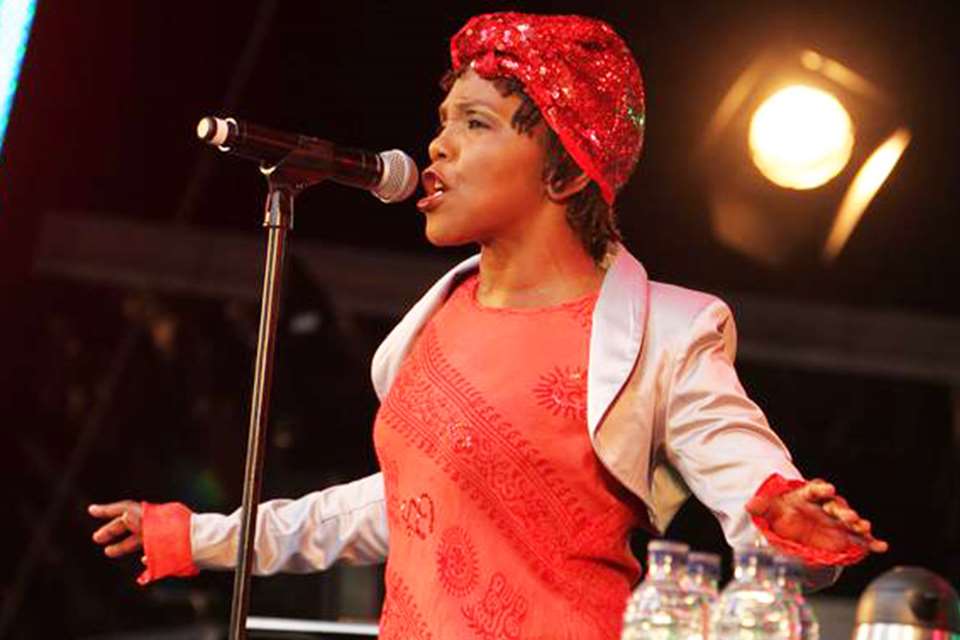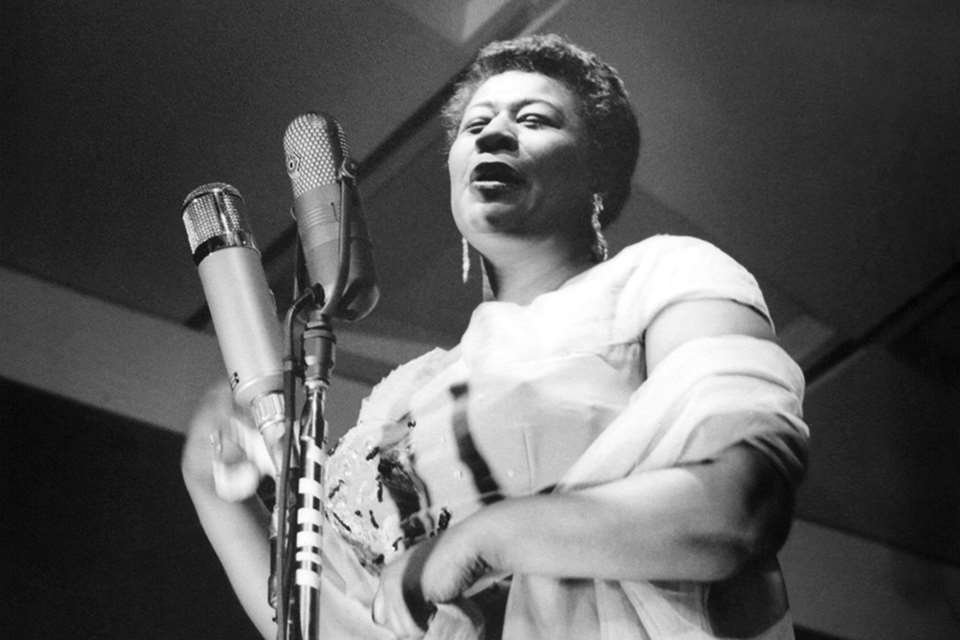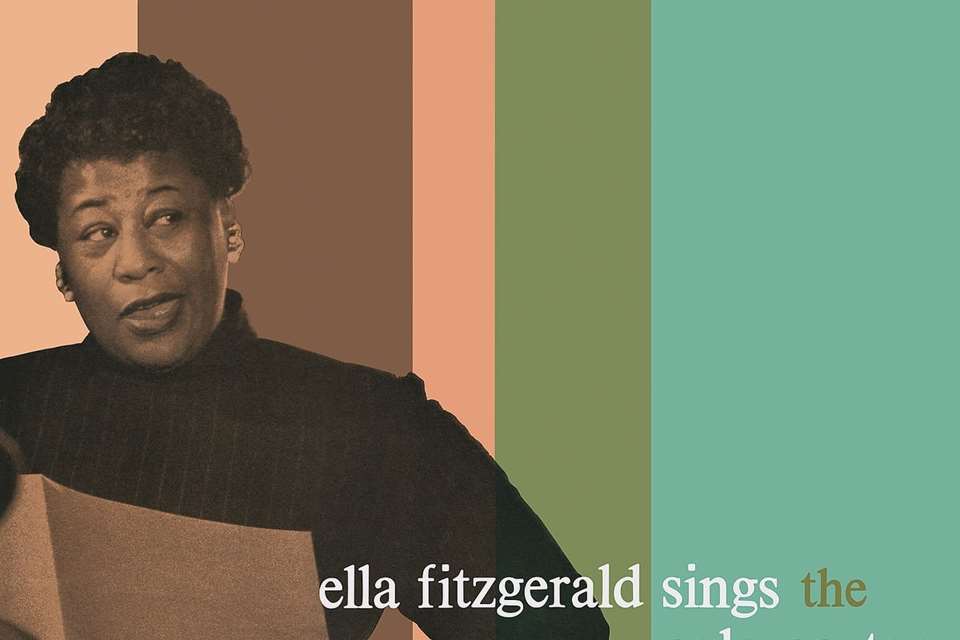Sarah Vaughan at 100: divining the divine
Tuesday, April 9, 2024
Peter Quinn examines Sarah Vaughan’s life and legacy, and asks top contemporary vocalists what Sassy means to them, and why she still matters today


Register now to continue reading

Thank you for visiting Jazzwise.co.uk. Sign up for a free account today to enjoy the following benefits:
- Free access to 3 subscriber-only articles per month
- Unlimited access to our news, live reviews and artist pages
- Free email newsletter


